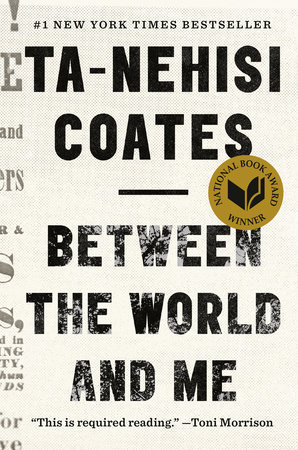University of Utah art student Nemo Miller's life changed on April 24, 2018 when her final project for her woodshed class became international news.COMMENT
It took one tweet from a fellow U student and about 24 hours for word about Miller's work, The Cry Closet, to reach nearly every corner of the globe. The response was uniformly emphatic, but ranged drastically in sentiment.
Some thought the three-foot-by three-foot wide "safe place" installed in the J. Willard Marriott Library during finals week was the perfect antidote for stressed students who needed to take a breath, regain composure, and get back in the action. Others, many of whom didn't realize the installation was an art piece and not an intervention devised by the university, deemed it an unnecessary measure to comfort an already overcoddled generation.
The author of this article doesn't quite capture the nature of the uproar over The Cry Closet, though she does mention that the work was installed in the library during the stress of finals week when emotions always run high. It's not that uncommon for distraught students to break down in tears. The librarians try to cope by hosting soothing activities like therapy dogs and yoga breaks.
The course instructor, Professor Kelsey Harrison, said that the assignment was, "to design and fabricate an object that would solve a problem." The artist said, "I thought it would be funny to make a closet since I identify as a lesbian." But whatever the artist intended, The Cry Closet didn't seem like a very safe space to cry. On one level, it seemed to endorse a kind of relational violence that first bullies people to the point of tears and then demands that they limit and conceal their distress. Once it hit the Internet it really brought out the bullies.
In the context of the library where surrounding tearful emotions were authentic The Cry Closet became a piece of site-specific performance art. In synergy with the location and the earnest efforts of librarians to offer stress relief for students it seemed like it could be real and it told us something about the way we treat each other that we didn't especially want to confront. Learning is not always a safe space. It can be extremely emotionally intense. Despite claims that college provides a safe place to fail, actually failing often gets you attacked in various ways. Thanks to the display space in the library The Cry Closet brought some of the unacknowledged cruelty of education out into the open and the artwork became deeply meaningful and actually shocking.

